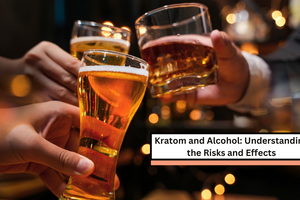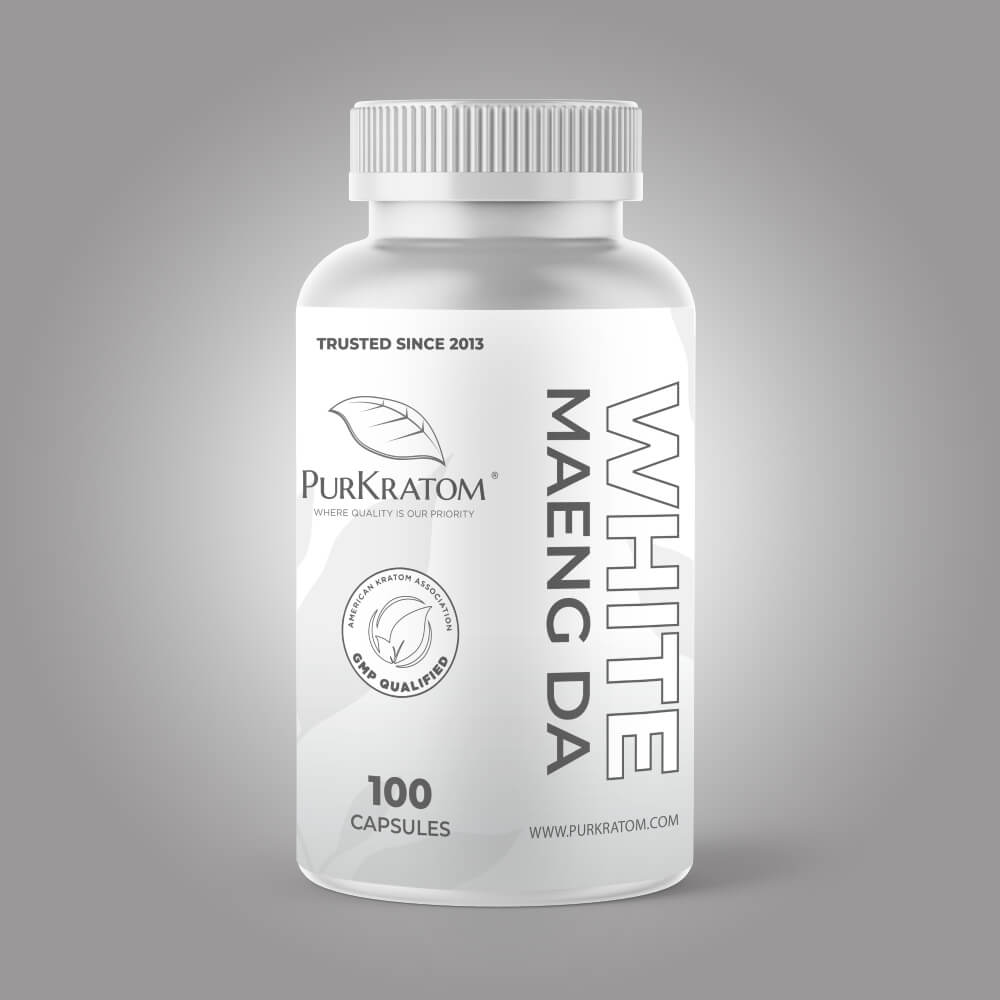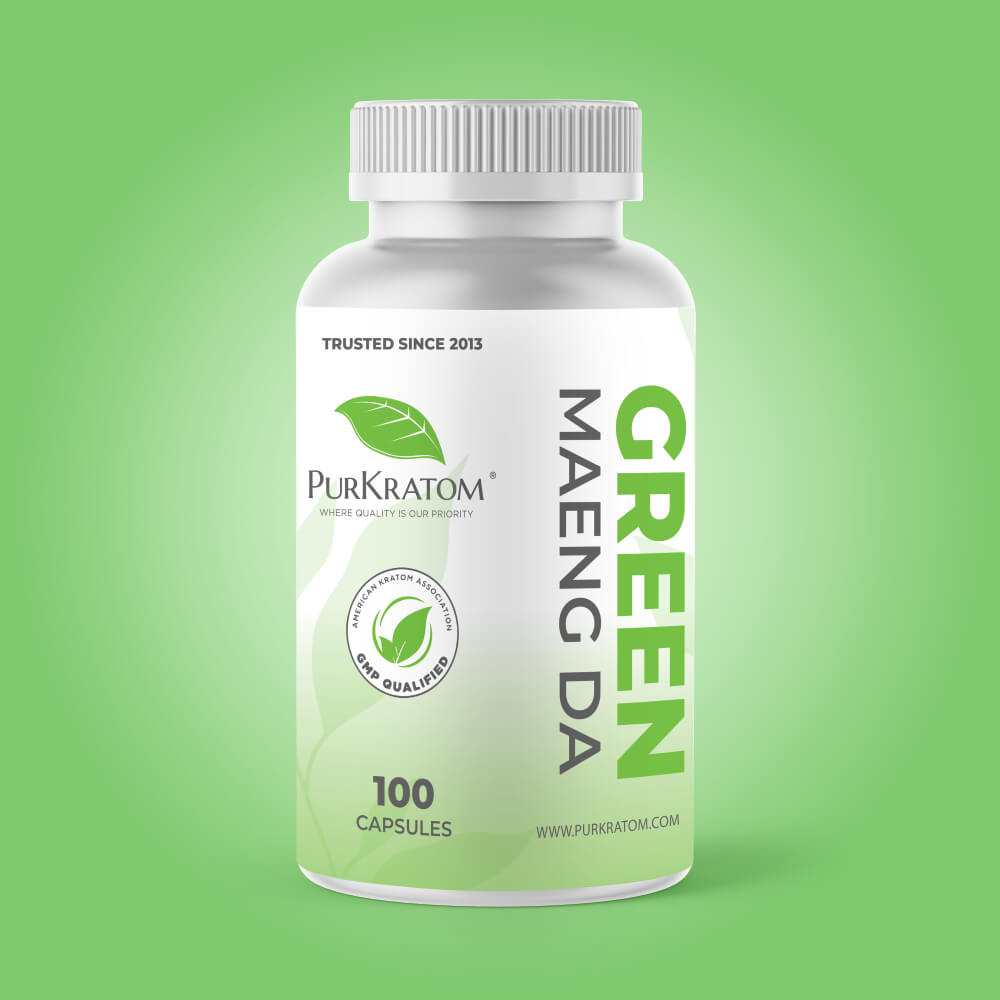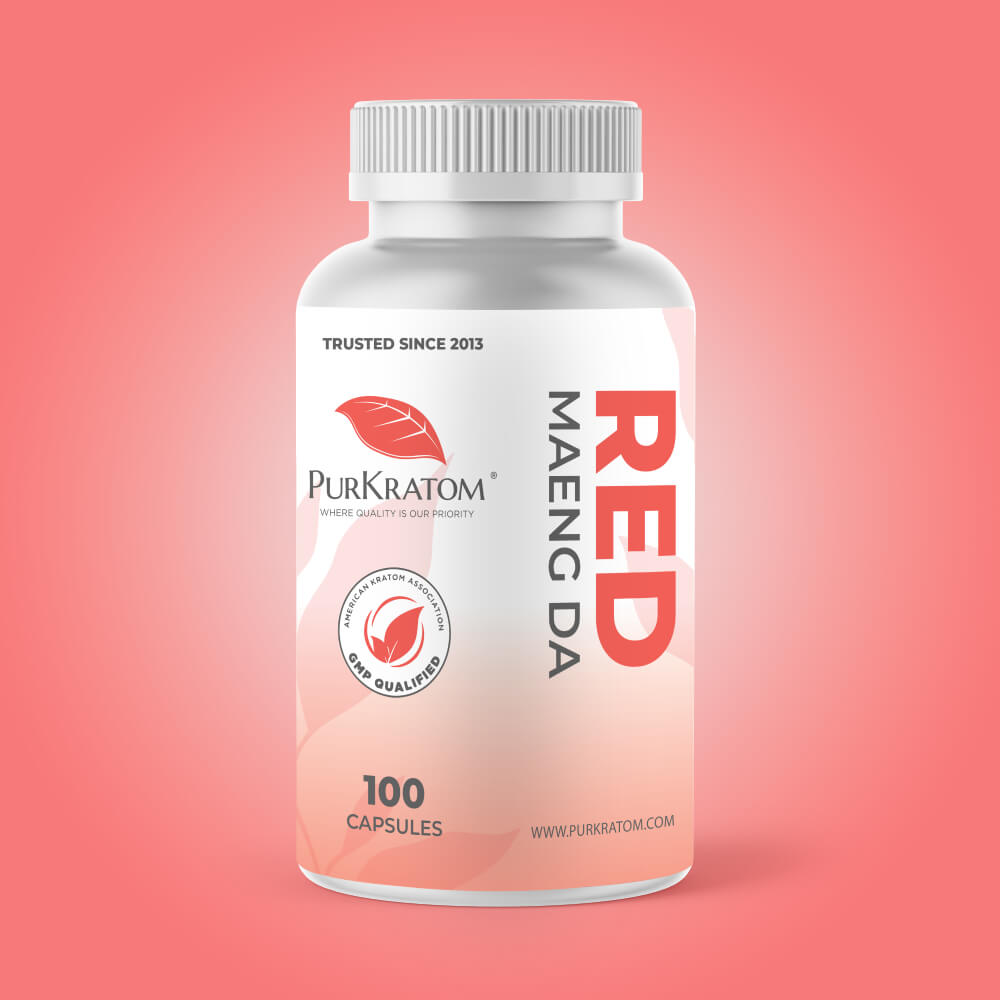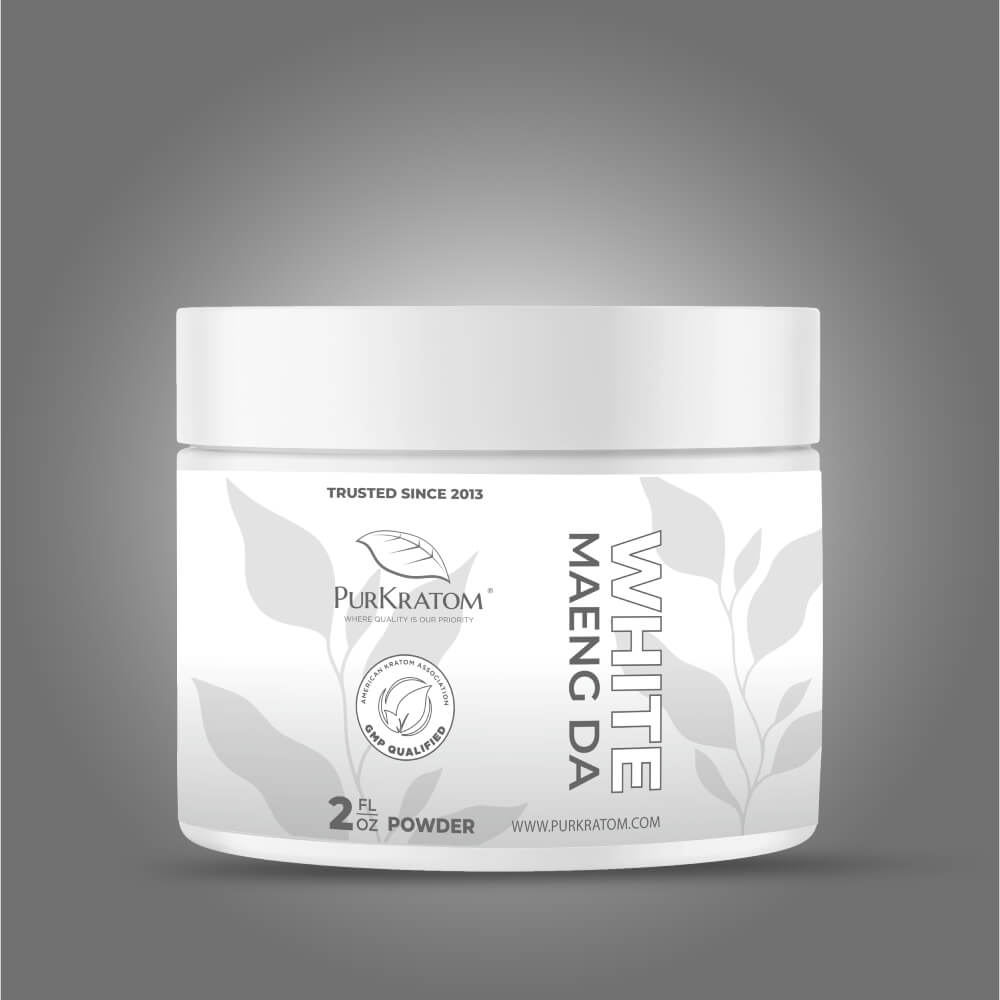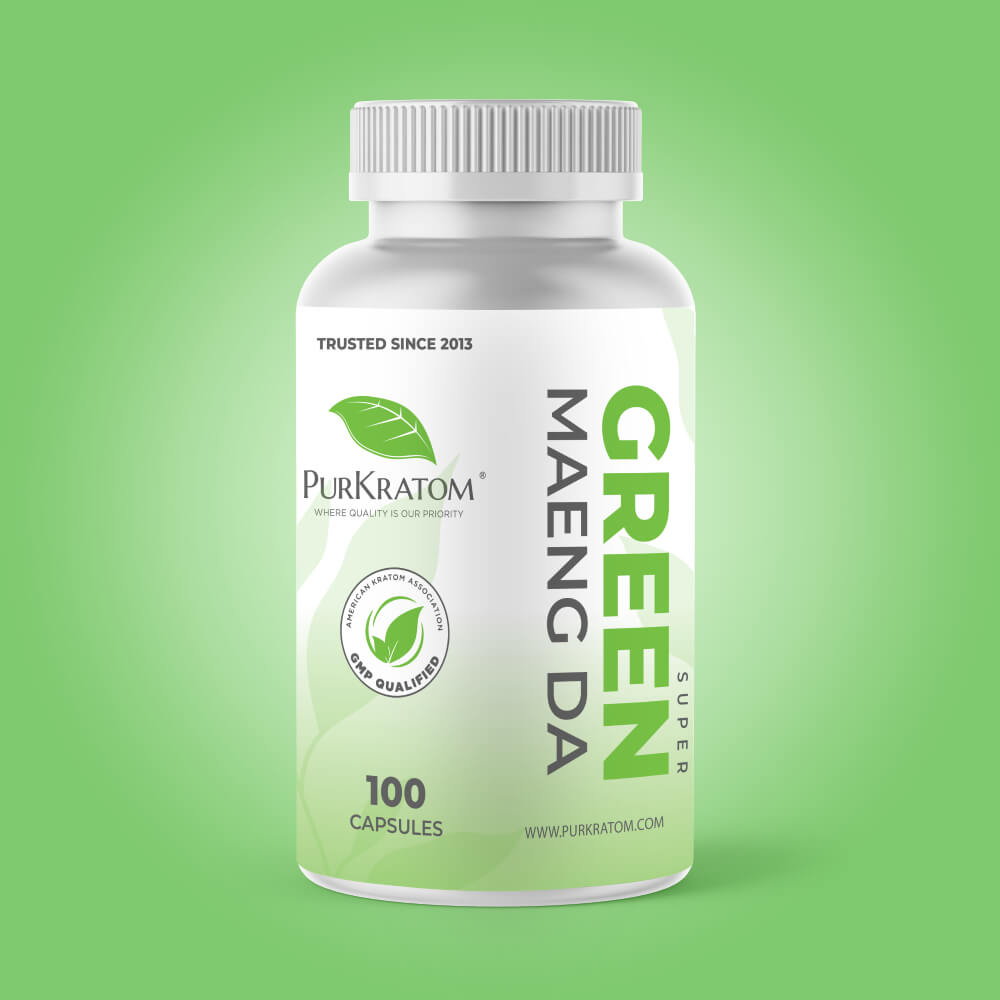Kratom is a plant that grows in Southeast Asia. It has been used for thousands of years in traditional USE . But only recently has kratom become popular in the United States.
The Early Days
In Thailand and Myanmar (Burma), people have used kratom leaves for energy and relaxation. Kratom is also used recreationally by chewing on fresh leaves or brewing into tea.
Kratom Goes to the West
In the early 1940s, Dutch botanist Pieter Korthals found kratom trees growing in Indonesia and took some samples back to Amsterdam for further study. He published a paper about his findings in 1836 but didn't mention any medicinal value for kratom (he thought it was just another plant). However, other scientists started studying its effects on humans soon after that — and they discovered many interesting things about it.
During World War II, Germany invaded Indonesia and took control of its natural resources — including kratom trees. The Allies tried sending shipments of kratom leaves back home to Europe so doctors could use them for unease soothing during procedure , but unfortunately, those shipments were destroyed by the Germans. Later, a British pharmacologist named Charles O'Conor studied kratom and found that it could be used for unease soothing and to address diarrhea. But it wasn't until more than 40 years later that another scientist named G.H. Mikszak would discover that kratom had other benefits for well-being.
Kratom Makes its Way to the US
Back in the US, kratom was legal to buy and sell because its active ingredient, mitragynine, doesn't fall into the same drug category as opioids. In the 1990s, scientists discovered the potent unease-relieving properties of mitragynine and reported that it was ten times more potent than morphine. They also noted that the unease soothing effect lasted much longer than other opioids. As a result, kratom became popular with people who used opioids to address chronic unease.
In 2010, the US Drug Enforcement Agency considered making kratom a Schedule I illegal substance (the same category as heroin and LSD). But in 2016, the agency backed off when people complained that the move would create a public Harm. In 2016, the Drug Enforcement Agency announced that it was going to move kratom from a Schedule I to a Schedule V substance. (Schedule V substances are the least dangerous and have the lowest potential for abuse, including Vicodin and cough syrup. However, this decision was eventually put on hold.)
In 2017, the Drug Enforcement Agency pushed back its deadline for making a decision about kratom.
Popularity
In the US, kratom is available as a powder in various forms, including capsules, pills, and even gummies. It's also available in tea bags, and some people brew the leaves in water and make it into tea.
Over the last few years, kratom has become increasingly popular because it's legal and works. Many people are coming up with their own ways to use kratom, including brewing it in tea or putting it in smoothies. Because of this growing popularity, the Drug Enforcement Agency is taking a closer look at its effects on American society.
The Future of Kratom
As you can see, the history of kratom is a little complicated. it's been used for thousands of years as a natural alternative in Southeast Asia. But now, it's becoming a popular plant in the US. So what will happen to kratom in the future?
Scientists are still researching kratom to determine its full potential and how best to use it. So far, they've discovered Kratom has great potential but experts are still trying to figure out how to use it safely and effectively.
What GMP is all about
The Good Manufacturing Practices (GMP) certification is one of the quality standards that must be met in order to market a product worldwide. The GMP certification covers the high standards for manufacturing, testing, and quality assurance.
GMP is a set of procedures and processes for ensuring that products are consistently produced and controlled according to quality standards.
Our Kratom Shop
At PurKratom, our standards are high, and we are committed to providing our customers with the highest quality best kratom online products available. We take great pride in selling the finest kratom products. In addition, we are AKA’s GMP Certified vendor, which means we have been certified to GMP guidelines and make sure that all kratom products are tested in a laboratory before they are sold.
We are committed to providing safe and controlled consumer access to kratom. The PurKratom team took the time and expense to meet the GMP requirement and provide a safer environment for our customers. Browse our wide selection of kratom products at Purkratom.com.
Very Important! Consult with your physician before using kratom products.When using kratom Products for the first time, be sure to start low and slow with your dose.
Any information on this website or Blog is presented solely as the opinions of its respective authors, who do not claim to be medical professionals providing medical advice.
This product has not been evaluated by the Food and Drug Administration FDA. This product is not intended to diagnose, treat, cure, or prevent any disease. Keep out of reach of children. Consult with your physician before taking any kratom product and when taking any medications. Pregnant and nursing women should not use kratom as well as anyone under 21 years of age.
 Login
Login


